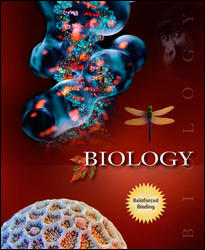 
Biology, Eighth Edition (Raven)Chapter 32:
Overview of Animal DiversityLearning OutcomesChapter 32
- Understand how the animals are organized and how this organization is different from that of plants, fungi, protists, and prokaryotes.
- Know the five key transitions in body plans.
- Compare and contrast Parazoa and Eumetazoa in terms of evolution, complexity, symmetry, and organization of embryonic cell layers.
- Compare and contrast asymmetry, radial symmetry, and bilateral symmetry.
- Differentiate among acoelomate, pseudocoelomate, and coelomate organisms; indicate how they are evolutionarily related and give examples of each.
- Understand the advantages of segmentation; give at least one example of segmentation in each of the coelomate phyla.
- Differentiate between protostomes and deuterostomes.
- Compare the tradition methods using morphology in classification of animals to the new molecular systematics using DNA and RNA analysis to classify related animal groups.
- Review the theories behind the emergence of body plans.
- Understand how Hox genes contributed to body changes.
- Understand what happened during the Cambrian explosion.
 |  |
|





